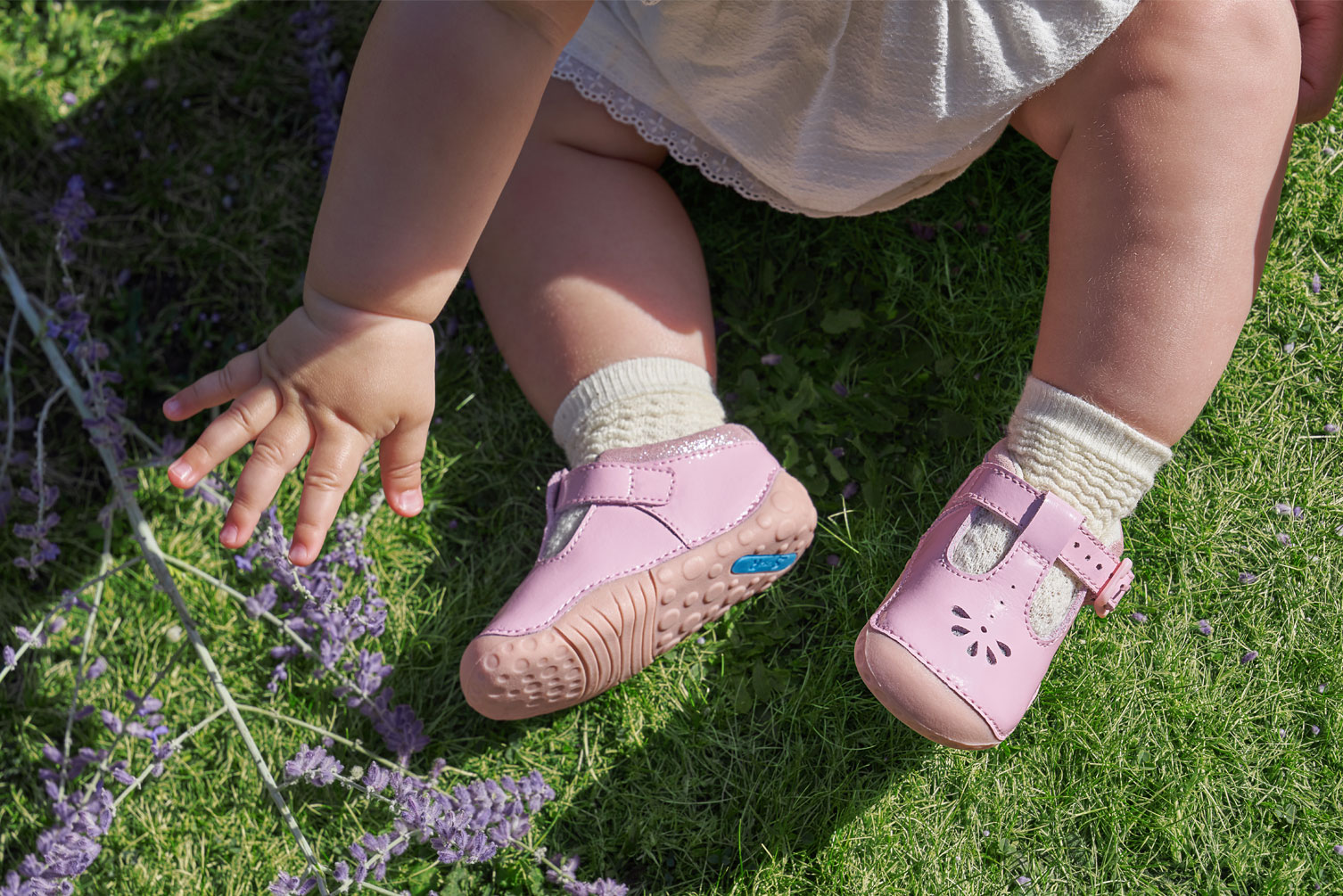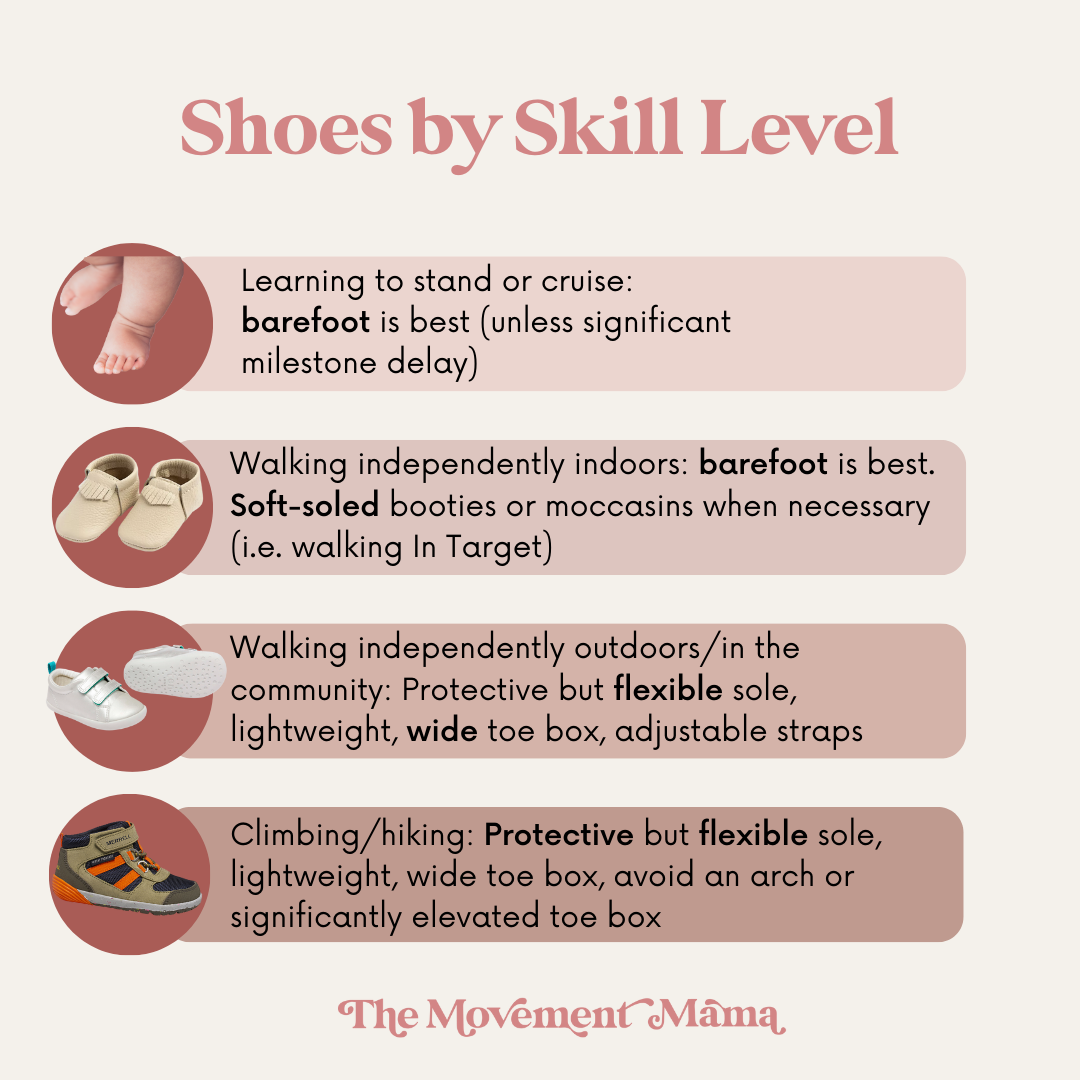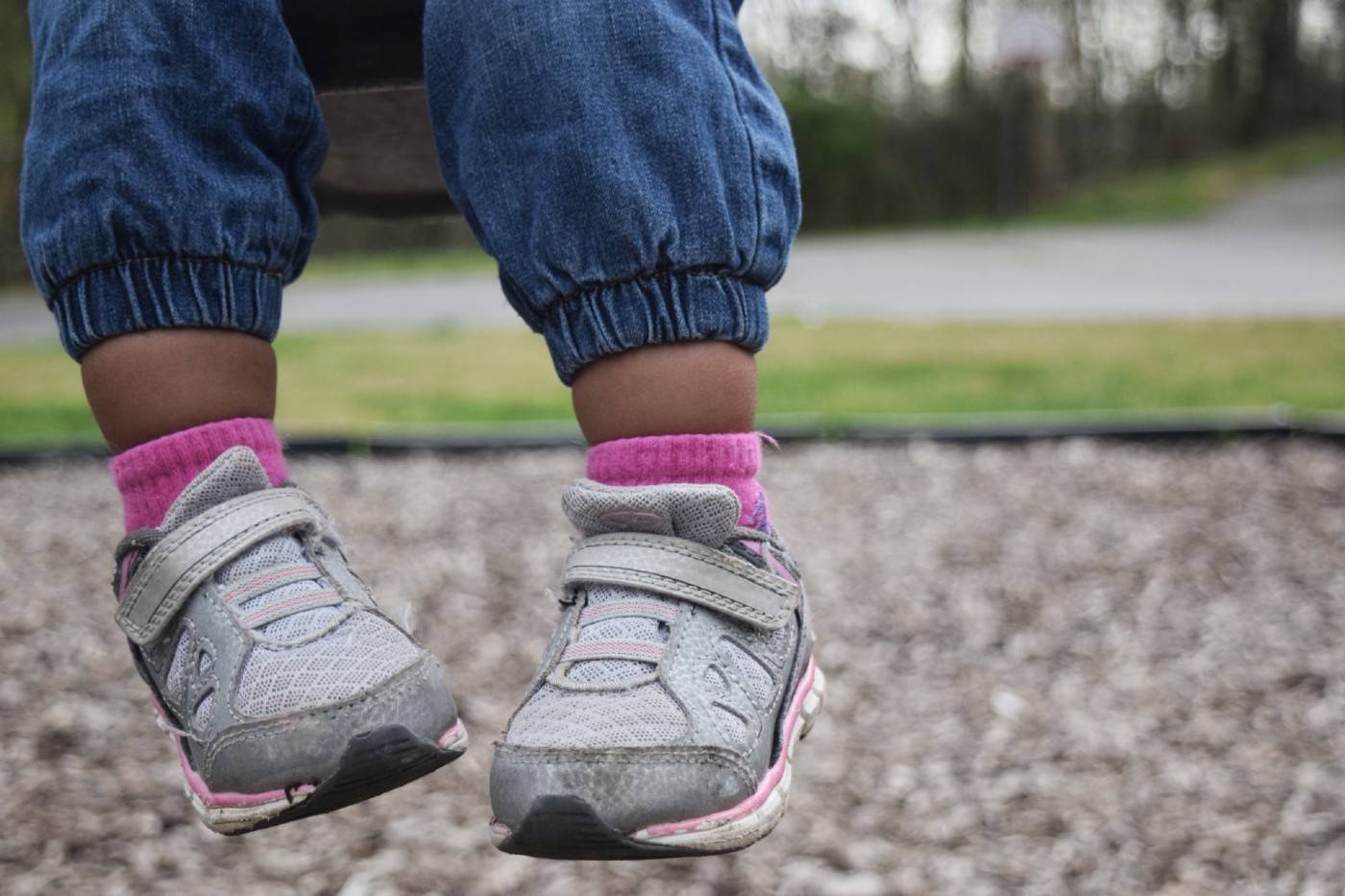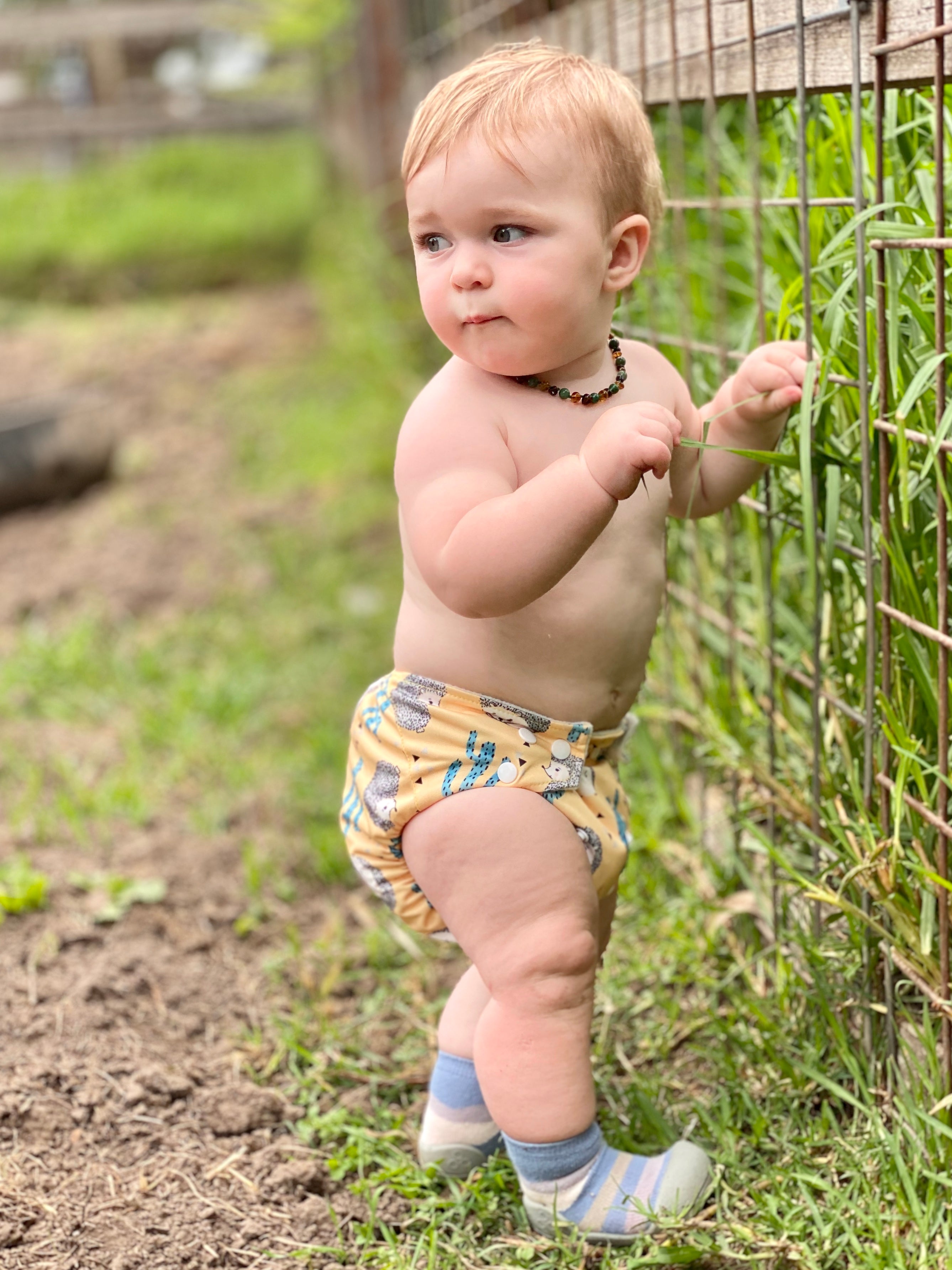Every new parent experiences uncertainty when choosing the right time to introduce their baby to the world of shoes. With so many opinions and conflicting advice available, it can be challenging to navigate this significant milestone in your child’s development. In this guide, we’ll explore when a baby should wear shoes while offering tips, comparisons, and insights into making the best footwear choices for your little one. Whether you’re a shoe enthusiast, a fashion lover, or a professional seeking advice, this article will provide valuable information.
Understanding Baby Foot Development
Before diving into the topic of when to put shoes on your baby, it is essential to understand how a baby’s feet develop. Newborns and infants generally have soft, pliable feet that are designed for natural development. Their feet grow rapidly during the first year of life, and it’s crucial to allow them to develop naturally.
The Anatomy of Baby Feet
A baby’s foot consists of over 25 bones, ligaments, and muscles that work together to create a flexible yet supportive structure. During the initial stages of life, the bones are mostly cartilage, which allows for growth and stretching. It isn’t until later that these bones harden and become more structured.
Developmental Milestones
Typically, babies follow a developmental timeline. According to the American Academy of Pediatrics (AAP), most babies start crawling around six to ten months, standing with support between 8 to 12 months, and walking independently between 9 to 15 months. It’s important to consider these milestones when thinking about footwear.
When Do Babies Start Walking?

Most parents are eager to see their babies take their first steps, but understanding the appropriate time to introduce shoes can significantly affect their walking experience. Walking is a complex skill that involves balance, coordination, and muscle strength.
Walking Stages

Before children can walk independently, they go through various stages such as crawling, cruising (walking while holding onto furniture), and finally, walking unassisted. According to research from the American Orthopaedic Foot & Ankle Society, it is best for babies to learn how to walk barefoot or in soft shoes that do not restrict movement. Barefoot walking aids in developing balance and coordination.
Independent Walking: The Right Time for Shoes

Experts suggest that once a baby has started walking independently, typically between 12 to 15 months, this is the best time to introduce shoes, especially when outside. Shoes can protect their delicate feet from sharp objects and provide traction on various surfaces. However, indoor walking should remain barefoot as this encourages natural foot development.
Choosing the Right Shoes for Babies

When it comes to choosing shoes for your little one, there are several factors to consider. Not all baby shoes are created equal, and it’s essential to select footwear that promotes healthy foot development.
Key Features to Look For

Here are several key features to look for when selecting baby shoes:
- Flexibility: Shoes should bend easily at the ball and provide a comfortable fit without constricting movement.
- Lightweight Material: Look for shoes made from breathable and lightweight materials that allow for natural foot motion.
- Non-Slip Soles: Textured soles provide better traction, reducing the risk of slips and falls.
- Easy to Put On and Take Off: Opt for shoes with Velcro straps or elastic bands for convenience.
- Room to Grow: Shoes should fit snugly but allow for a bit of wiggle room. Remember that babies’ feet grow quickly!

Comparison Table: Top Baby Shoe Brands
| Brand | Materials Used | Price Range | Recommended Age | Features |
|---|---|---|---|---|
| Freshly Picked | Leather, Suede | $60 – $75 | 0-12 months | Soft, flexible, stylish |
| Robeez | Soft leather | $30 – $55 | 0-18 months | Non-slip, easy to put on |
| Sperry Top-Sider | Waterproof materials | $45 – $65 | 1-3 years | Durable, great for outdoor play |

Real-World Footwear Experiences
Case Study: A Parent’s Journey
Let’s take a look at Tara, a mom from New York City, who navigated the shoe dilemma with her son, Max. “I thought the moment he started crawling, it was time for shoes,” Tara explains. However, after consulting with her pediatrician and researching online, she discovered that walking barefoot allowed Max to gain better balance and confidence. Tara waited until Max was walking confidently before purchasing his first pair of shoes.” This case illustrates the importance of understanding developmental stages before making footwear decisions.
Insights from Pediatricians
Pediatricians often emphasize the need for patience when it comes to baby footwear. Dr. Sarah Johnson, a pediatrician in California, states, “It’s vital for parents to understand that less is often more when it comes to baby shoes. While it might be tempting to buy cute shoes as soon as they start crawling, allowing babies to feel the ground under their feet helps build muscle and coordination.” Her insights underline the importance of barefoot play in early development.
Pros and Cons of Baby Shoes
Pros
- Provides protection from sharp objects and rough surfaces.
- Offers support and traction once a baby starts walking.
- Styles and designs allow for personal expression and fashion.
- Can keep feet warm in colder weather.
Cons
- Certain shoes may be constricting and prevent natural foot movement.
- Some styles can be challenging to put on and take off.
- Higher quality shoes can be expensive.
- Uncomfortable shoes may hinder walking progress.
Expert Tips for Choosing Baby Shoes
Measure Before You Buy
Proper sizing is crucial. Babies’ feet grow rapidly, so regular measurement is necessary. Use a Brannock device or have a professional fitting at a shoe store.
Check the Fit Frequently
As babies grow, their shoe needs change. Check the fit every few months, and replace shoes if they become too tight or worn.
Prioritize Quality Over Price
While it can be tempting to buy cheaper alternatives, investing in high-quality shoes can lead to better foot development and comfort for your child.
Frequently Asked Questions (FAQs)
1. What is the best type of shoe for a baby?
The best type of shoe for a baby is one that is lightweight, flexible, and breathable. Look for shoes made from natural materials, such as leather or canvas, that allow the foot to move freely.
2. Should babies wear shoes indoors?
It’s generally best to let babies go barefoot indoors to encourage natural foot development and improve balance.
3. How do I know if my baby’s shoes fit properly?
Ensure there’s about a thumb’s width of space between the end of the shoe and your baby’s longest toe. The shoe should also fit snugly around the heel.
4. Can I use regular shoes for my baby?
No, regular adult shoes may not provide the support and flexibility that baby shoes do, which can hinder proper foot development.
5. At what age can my baby wear sandals?
Sandals are generally suitable for babies once they are walking independently. Choose sandals with secure straps and a non-slip sole.
6. How often should I check my baby’s shoe size?
Check your baby’s shoe size every two to three months, as their feet grow quickly during the first few years of life.
7. What are the signs that my baby needs new shoes?
Signs include visible discomfort, red marks on their feet, or if you notice that their shoes are difficult to put on or take off.
8. Are there any special shoes for early walkers?
Yes, there are specialized shoes designed for early walkers that offer extra support and flexibility while encouraging natural foot development.
9. How do I clean my baby’s shoes?
Cleaning methods depend on the material; generally, a damp cloth can remove surface dirt, while leather shoes may require specific cleaners.
Conclusion
Choosing the right time for your baby to start wearing shoes is a decision that requires consideration of their developmental stages and the type of footwear that supports healthy growth. By understanding foot development, selecting the right shoes, and monitoring your baby’s growth, you can ensure they have the best foundation for their journey toward walking confidently. Always prioritize flexibility, comfort, and proper fit, and embrace the joy of this exciting milestone. Investing in quality footwear is essential for your little one’s health and happiness, so take your time and enjoy this beautiful stage of parenthood.